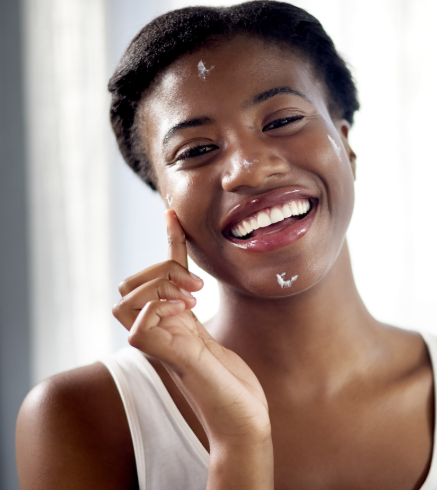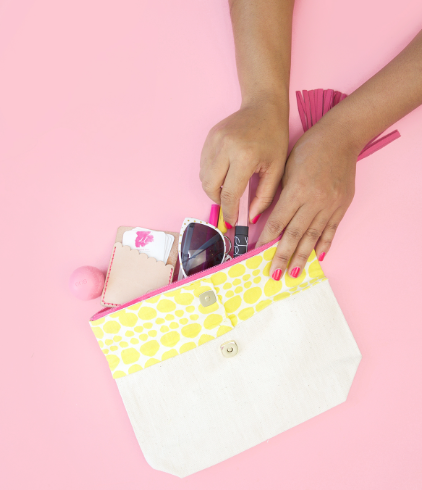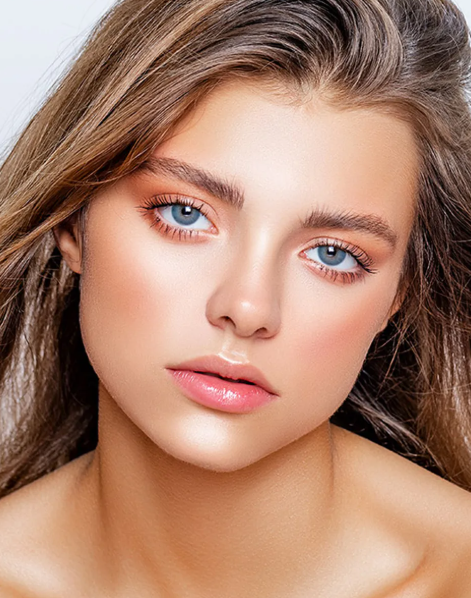Online shopping has become second nature for many of us, especially when it comes to beauty products. It’s fast, convenient, and lets you browse endless options without leaving the house. But buying makeup without trying it first comes with a unique set of challenges. From mismatched shades to fake products, there are a few common missteps that can turn a fun shopping spree into a beauty blunder.
If you’re looking to make smarter beauty buys online, here are four common problems to look out for—and the steps you can take to avoid them.
1. Foundation Shade Letdown
Few things are more disappointing than opening your long-awaited foundation, applying it, and realizing it makes you look tired, washed out, or oddly orange. Getting the right match online can be tricky, especially without the ability to test it first.
How to avoid it:
Start with tools designed to match shades across different brands. Sites like Temptalia’s foundation matrix allow you to enter a shade that already suits you and get recommendations for similar tones in other lines. The more matches you input, the more accurate the results become.
You could also try self-adjusting formulas that adapt to your skin tone once applied. Certain CC creams and tinted moisturizers start off white and shift to match your natural coloring. While they won’t work for everyone, some users swear by the ease and blendable finish they offer.
2. Unexpected Lip and Eye Colors
That berry lipstick you loved online might turn out to be a garish fuchsia in real life. Just like with foundation, lipsticks and eyeshadows can look completely different depending on your skin tone, undertones, and lighting.
How to avoid it:
Understanding your undertones can help guide your color choices. If your skin has cool undertones, stick with pinks, purples, and blue-based reds. Warm undertones are better complemented by peachy, coral, or brick shades. Neutral skin types can usually wear both cool and warm tones.
Want to mix things up but unsure what will look best? Use a color wheel to pick shades that contrast or complement your eye color. For example, orange tones can make blue eyes pop, while purples enhance green eyes.
3. Expired Products in Your Delivery
When you’re shopping online, especially from lesser-known sources, there’s always a small chance the product you receive has been sitting on a shelf for too long. Expired makeup can look or feel different—and in some cases, it’s just not safe to use.
How to avoid it:
Always check the return policy before placing an order. A generous return window gives you the freedom to try products without stress. Reputable retailers often allow returns on gently used makeup, which means you can test a few shades and send back the ones that don’t work.
Also, pay attention to product smell, texture, and packaging. If something seems off, it’s better to return it than to risk applying a questionable product to your skin.
4. Falling for Counterfeit Products
It might be tempting to grab a heavily discounted name-brand item from a third-party seller, but there’s always the risk it’s not the real thing. Counterfeit makeup doesn’t just underperform—it may also contain unsafe ingredients.
How to avoid it:
Stick to authorized retailers or purchase directly from the brand’s website. Big names like Sephora, Nordstrom, and Ulta have strict standards and sourcing policies. If you’re shopping on sites like Amazon, make sure the product is sold by and shipped from the brand’s official store.
Buying makeup online can be easy and fun—once you know what to look out for. By paying attention to return policies, doing a little research on your undertones, and sticking with trusted sellers, you can build your beauty collection confidently and avoid the all-too-common pitfalls. With the right habits in place, you’ll spend less time making returns and more time enjoying your new favorite products.








